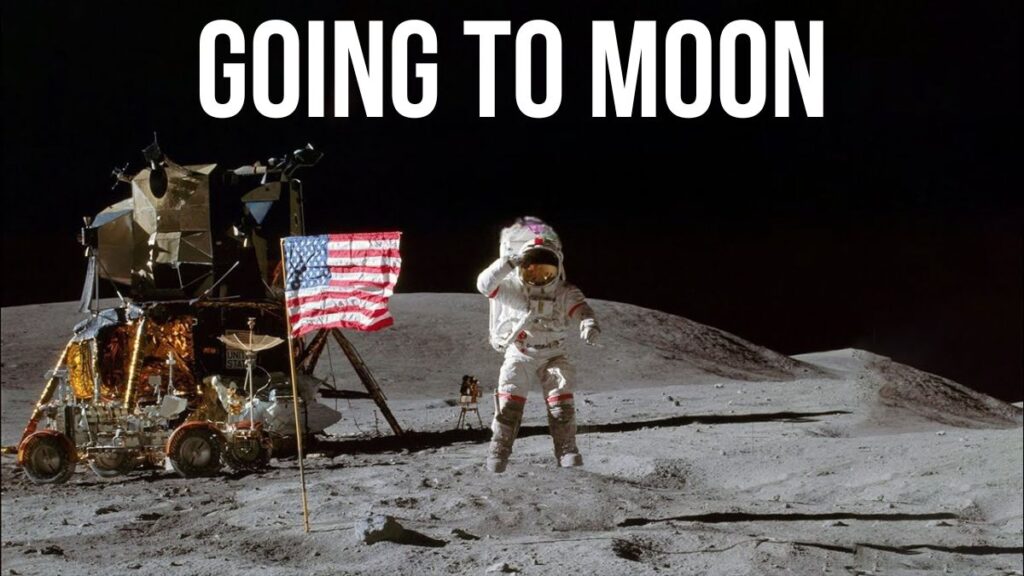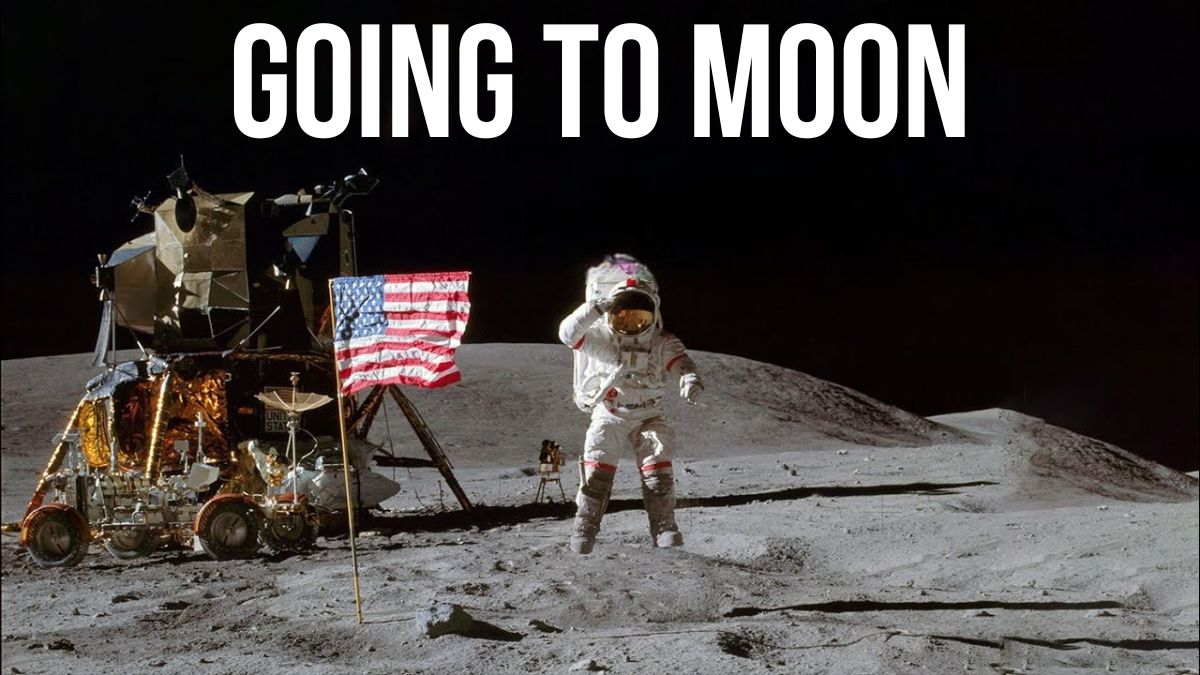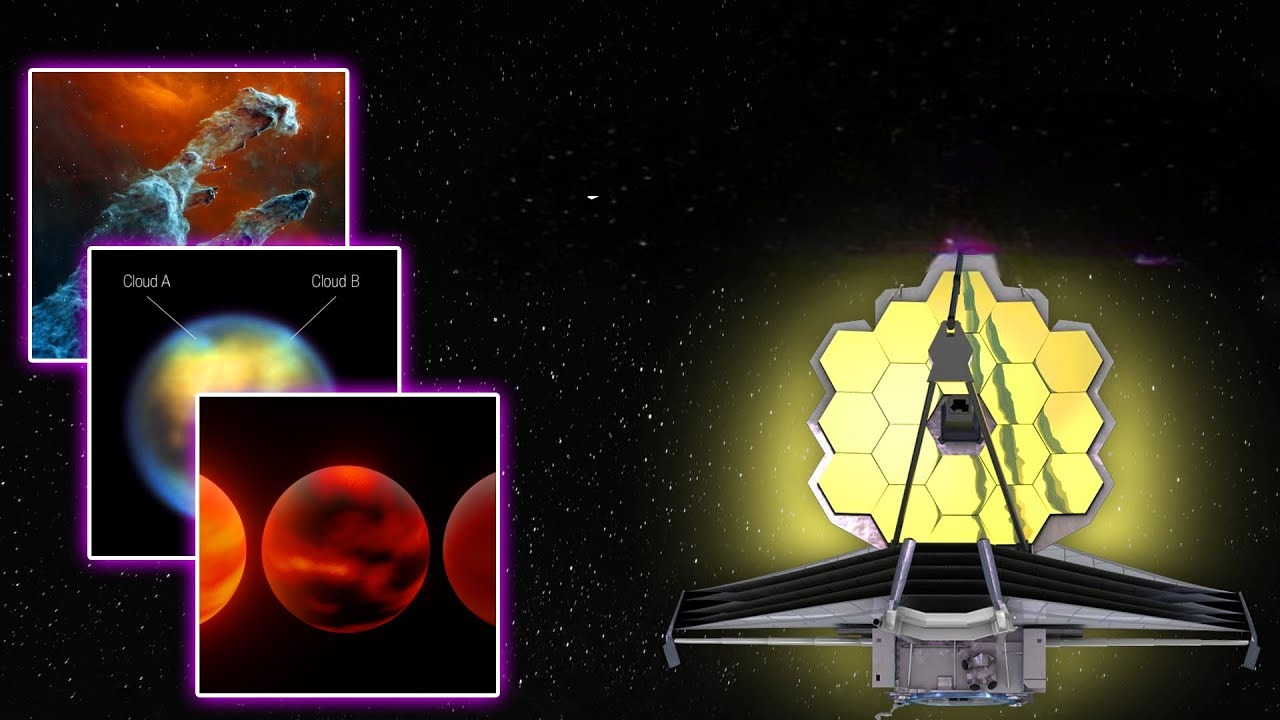
In 1972, humans last set foot on the moon.
Although technology has advanced dramatically since then, and more and more nations have developed space programs, humans have not yet visited the moon.
Why is this the case?
Let’s discover!
Our primary motivation is to trace the events that led to the moon landing to the 1960s, when the decade ended.
After The Second Great War, during the virus war, the US and the soviet association participated in the space race, a difficult battle between the two powers whose extreme objective was to put a resident of the country on the outer layer of the moon.
The United States would emerge victorious from this conflict, in which both nations intended to demonstrate their technological and military superiority over the other.
More than just a means to an end, the mission to the moon was a demonstration to the world of who would steer the international political agenda for the next century.
The mission to reach the moon was more about politics than science.
Would we have reached the moon in 1969 in a different historical setting, purely out of scientific concern?
It appears from everything that it does not.
As previously stated, political tension was the driving force behind the American decision to send a human-crewed mission to our satellite.
It would have been difficult to imagine that the United States government would have been able to mobilize the nearly 400,000 individuals who participated in the Apollo program and devoted themselves to it over the course of its 14 years—the equivalent of approximately 120,000 million dollars today—without this rivalry with the Soviet Union.
It is now unthinkable that the United States.
A trip of this kind would be funded by the government once more at such high costs to the nation.
The high cost of going back to the moon Stepping back on the moon was not an easy feat due to numerous economic and technological obstacles, which we will discuss later.
A regulation endorsed in walk 2017 by president Donald Trump provides NASA with a yearly financial plan of around $19.
5 billion and is now close to $20 billion.
However, despite the fact that this sounds like a huge number, it is actually not. The total is split between all of the agency’s divisions and all of the ambitious projects, like the James Webb Space Telescope, the huge rocket project known as the Space Launch System, and remote missions to the sun, Jupiter, Mars, the asteroid belt, the Kuiper belt, and the edge of the solar system.
Also, NASA’s budget isn’t as big as it was in the past.
The amount of money given to the US space program has increased dramatically since 1960, reaching an all-time high of 5% in 1965, 3% of the national budget.
However, five years later, in the early 1970s, NASA experienced a significant budget cut for a variety of reasons, including the loss of political interest in the moon and the accident that occurred on the apollo 13 mission, which resolved the space race in favor of the Americans.
The Apollo 18, 19, and 20 missions would be postponed as a result of these occurrences, making Apollo 17 the final human-crewed mission to the moon.
As a result, NASA’s budget has been below 1 percent for 40 years, and it has been moving toward zero for 15 years.
4% of the government’s budget.
To put it another way, the reasons why we haven’t gone back to the moon yet are, on the one hand, governments’ lack of interest and, on the other, economic resources.
How has technology changed?
Today, NASA has the new rocket sls, or “space launch system,” which will replace the Atlas V, which carried astronauts to the moon; The launch of the artemis 1 mission, which was a success and successfully delivered the orion capsule, the new spacecraft that will transport humans to the lunar surface, marked this rocket’s debut.
The fact that, prior to the launch of the Artemis 1 mission, it was canceled twice due to failures in the rocket’s fuel chambers that necessitated additional testing before the ship could be launched caught the attention of many.
But why was launching the SLS so difficult?
Isn’t it expected that NASA already has years of experience?
In reality, the apollo missions’ launches were difficult as well; You are likely aware that the eleventh mission successfully landed; That is to say, prior to the 11, ten missions did not receive it for a variety of reasons; the majority of them experienced multiple cancellations due to technical or weather issues.
Some apollo missions didn’t actually make headway, yet all at once, it’s barely discussed.
It’s also important to keep in mind that, despite having experience with the apollo spacecraft, NASA had a lot of trouble launching the space shuttles.
Since the fueling systems of the shuttle were distinct from those of the Saturn V rockets and apollo spacecraft, they tended to be the most problematic areas during launches.
The shuttles were extremely complicated vehicles with engines that used both liquid and solid fuel and combined the power of a rocket with the aerodynamics of an airplane.
Caused specialized disappointments in all send-off endeavors this intricacy.
In fact, the most cancellations were recorded for shuttle launches, according to the registry of launch cancellations; Before successfully taking off, some were canceled up to five times.
The issue with fuel supply caused the Artemis 1 mission to be canceled twice before it was able to take off successfully; The shuttles and the Apollo missions both experienced these failures, which resulted in their cancellation.
Fuel leaks have been one of the primary causes of takeoff cancellations for more than 50 years and are the most common failure in rockets; however, why is this issue still a problem today?
Hydrogen, the rockets’ fuel, is to blame for the problem.
This is the least complex and lightest component of all; It is abundant on Earth, but because it is mixed with other elements, electrolysis and other molecular separation procedures are required to obtain pure hydrogen.
Because hydrogen is such a light element, it takes billions of hydrogen atoms to put together one gram of material.
Because it is so light, hydrogen can get through any crack, no matter how small; This usually isn’t a problem in a typical environment with average temperatures, but leaks are much easier to get in a cold environment with high pressures.
Space rockets operate precisely in these environments.
Until the time of launch, a rocket’s fuel tanks must be permanently connected to terrestrial cooling systems via cables and hoses to keep the tanks full of fuel.
Some connections separate from the bridge during takeoff; Due to the fact that these connections can’t be screwed in tightly and are at high pressures and low temperatures, it’s hard to prevent leaks right here.
In short, because hydrogen is used as fuel, rockets have a hard time taking off.
However, if this is the issue, why not utilize a different fuel?
Reusing rockets NASA continues to use hydrogen fuel due to its high efficiency as the component that generates more thrust at a lower weight.
The law is yet another significant reason; Political laws are the subject of our discussion, not physical laws.
NASA was required to continue using the shuttle-era rockets as part of the SLS rocket program in 2010 by the US Congress; In point of fact, you may not be aware of it, but the engines of the SLS are identical to those that were utilized by the space shuttles at the time.
Congress suggested that NASA would have to use the contracts, investments, budget, workforce, industrial base, and existing infrastructure in the United States that were used for the space shuttle in the new SLS program in order to maximize resources as the budget was cut.
The Orion 1 would also be reused, as would the existing propulsion systems, such as the external storage tank, solid fuel engines, and the liquid fuel engines, which frequently leak.
All of this was adapted for the upcoming Artemis 1 project.
To put it another way, the artemis project, which aims to send new astronauts to the moon, makes use of the same technology, launch base, engines, and rockets as the space shuttles did ten years ago.
This is why returning to the moon is so difficult; Beyond touch screens, the artemis 1 program’s technology is similar to what we had 50 years ago.
Furthermore, the simplest reason for our absence from the moon may be the most significant: there hasn’t been a need to return.
The apollo program’s missions were so numerous that, in addition to the numerous experiments conducted on the moon, so many samples of lunar material were collected that many remain unstudied even today.
To all of this, we need to add that NASA’s interests will focus in the coming years on projects like skylab, the earth-orbiting laboratory, or sending probes and satellites to many other parts of the solar system.
And possibly the query is: When so much remains to be discovered on the other planets, why should we return to the moon?
There is nothing negative to say about NASA in light of recent scientific advancements.
We now use robots to go to Mars, find new solar systems almost every day, and find things like gravitational waves that were only part of the theory until recently.
We’ve seen that there are a number of reasons why we haven’t been to the moon since 1972, but none of them have anything to do with the bizarre conspiracy theories that have been floating around social media for years.
We haven’t left yet, but that doesn’t mean we won’t.
NASA’s Artemis project, which aims to put a man back on the moon, will mark the horizon of the next human-crewed mission to our satellite.
Additionally, it’s possible that a woman takes a new step on the surface of our natural satellite, imitating Neil Armstrong in 1969.
Explore:





![Moon Jellyfish has [ Hidden Secrets ] You don't know moon jellyfish](https://spaceupper.com/wp-content/uploads/2022/11/1-1.jpg)

